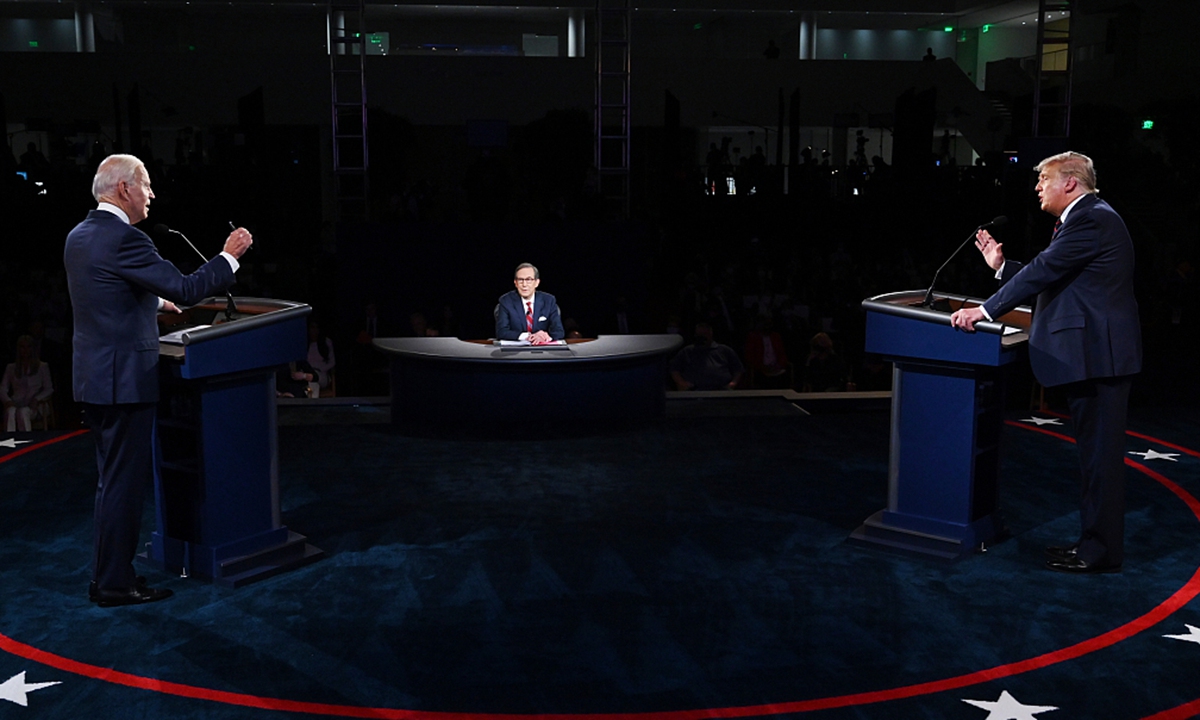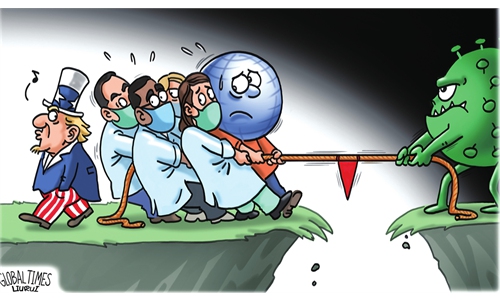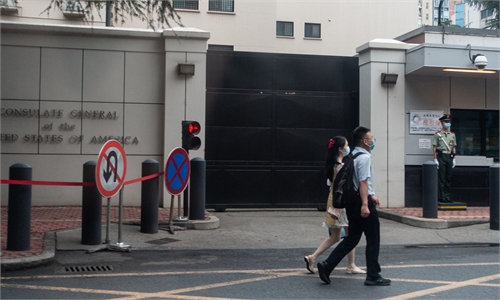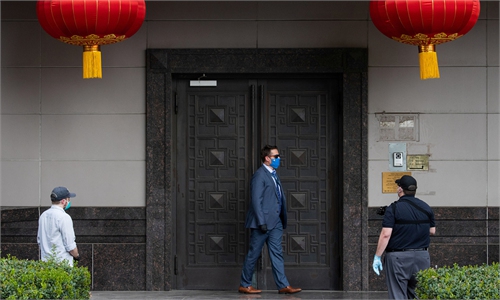Whenever people face a huge loss in life — like a sudden divorce or death of a family member — they go through five stages of grief. These stages are denial, anger, bargaining, depression, and finally acceptance. The U.S. is about to lose its top spot as the biggest economy and is, in a textbook manner, going through the same stages.
Denial: Some people like Kishore Mahbubani predicted twenty years ago that China will eventually be the leading economic powerhouse. But Americans chose denial and laughed at the concept. The popular beliefs behind the denials were:
- China’s economy will collapse any moment now!
- China will eventually become just like the West and then we will have nothing to worry about.
- China is a totalitarian, communist country. They don’t understand capitalism or free market, and thus will never be rich.
- China can never innovate. The workers are just slaves and bots.
- China makes only crappy products and thus can never compete with western brands.
- As soon as Chinese people travel to the West and see how glorious the West is, they will go back to China and overthrow the tyrannical and corrupt communist government.
- China’s GDP numbers and other stats are fake!
- China’s patents and scientific publications are of low quality.
- Chinese products will never succeed outside China.
- We can always nuke China and maintain our hegemony.
- COVID19 will surely bring China down. And all the countries will start decoupling from China.
Anger: After denying reality for a while, people become angry. They feel like victims and start blaming others. That’s exactly what’s been happening, especially since Trump came to office. The anger is reflected in following ways:
- China stole America’s jobs.
- China stole intellectual property from the U.S. (after all, Chinese can’t innovate, remember?)
- Chinese are spies and hackers.
- China doesn’t buy anything from us.
- China doesn’t treat U.S. corporations fairly. China is too protectionist.
- China subsidizes its corporations. Not fair!
- China made the coronavirus in the Wuhan lab. China tricked us into a lock down.
- China bad, China bad, China bad!
Bargaining: This is the hopeful phase. It’s like saying after the divorce, “Maybe I can get my wife back.” This phase is not always benign; it can involve a lot of ruthless scheming as seen in the last four years:
- If we can just force China to buy more from us, we can eliminate trade deficit and make America great again.
- Tariffs will cripple China and also force American companies to bring manufacturing jobs back.
- If we just arrest Huawei’s CFO and kill the company with sanctions, China will bend its knee.
- Let’s go on an all-out attack on every successful Chinese company. That should do the trick!
- Let’s use Hong Kong and Uyghur separatists to disrupt China. How about using India and Taiwan to start a war?
None of these seem to be working, although military conflicts are possible (with devastating impact on global economy). America’s tech war will only spur more Chinese innovation and self-reliance.
Depression and Acceptance: We are not here yet. The U.S. is still trying hard to stop China, rather than planning for an inevitable post-American era, which will start within five years. The geopolitically smart strategy will be to skip the stage of depression and go to acceptance. That will translate to embracing multilateralism and partnering with China, EU and Russia to forge a multi-polar world order for the 21st century. However, with so much Sinophoba and hubris in the U.S., no politician or think tank will dare propose such a solution. So … get ready for American depression.
Related posts:
'We lied, we cheated, we stole', ‘the Glory of American experiment’ by US Secretary of State/Ex-CIA director Mike Pompeo
TikTok is the most downloaded app of 2020,
as quarantines have spurred more and more users to hop onboard and learn
about the latest dance..
Top stories
Will You Shut Up Trump?
First Trump-Biden debate epitome of US chaos, sharp social division
"This debate was like the country: Everybody's talking. Nobody's listening. Nothing is learned. It's a mess."





















